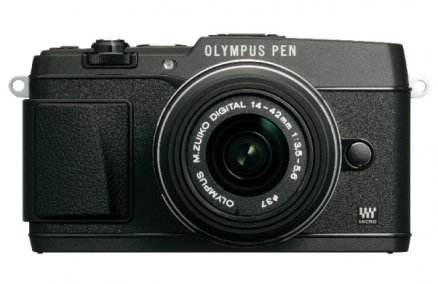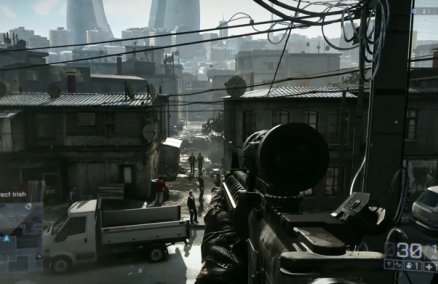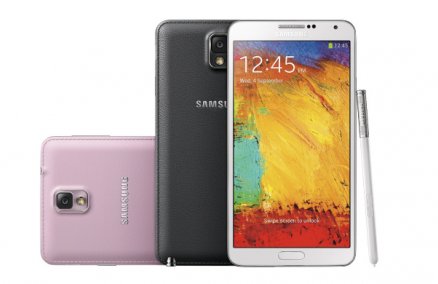Too Fast Too Sleep
754, Samyan Center, Rama 4 Rd., 086-577-8989. Open 24/7.
This new café opened earlier this year and immediately won over a crowd of uni students, freelancers and even office workers who need a change of surroundings. The large open space is perfect to get work done without feeling like you’re stuck at a desk.
TCDC
6/F, the Emporium, 02-664-8448. Open Tue-Sun 10:30am-10pm. www.tcdc.or.th
With impeccable design and views of Benjakitti Park, libraries have never been this sexy. Of course, there are also 15,000 books, CDs and DVDs along with over 3,500 additional material resources—not to mention Wi-Fi, Macs, color photocopy, image scanning and digital photography services. Still can’t be tempted by the B3,000 yearly silver membership (B12,000 for platinum)? Just sip a latte at the Kiosk café that shares its space.
Banrie Coffee Ekkamai
4 Soi Sukhumvit 63 [Ekkamai junction], 02-391-9784/5. Open 24/7. www.banriecoffee.com
The most professional looking of the bunch, it even has private rooms with whiteboards if you need to host a serious meeting.
Starbucks Thonglor
231 Thonglor Soi 10, Sukhumvit Rd., 02-712-9691. Open daily 7am-10pm (Fri-Sat 7am-11pm). www.starbucks.co.th
Yes, it’s a Starbucks, but this branch has a separate room with a large desk, library lamps and a bookshelf, making it the most studious in town. It’s also located in a small house in front of Thonglor Soi 10, plays jazz, and has a decent newspaper corner.
The Sync
1111/67 Ban Klangmuang, Ladprao Rd., 02-938-2636. www.thesync.org
This new space, set to officially open May 10, is run by NGO Change Fusion. It is meant as a co-working space where freelancers or small SMEs with big ideas but small budgets (and no proper office) can access pro facilities like a fax and meeting room. Rates start from B450-B6,000 a month.
Advertisement















